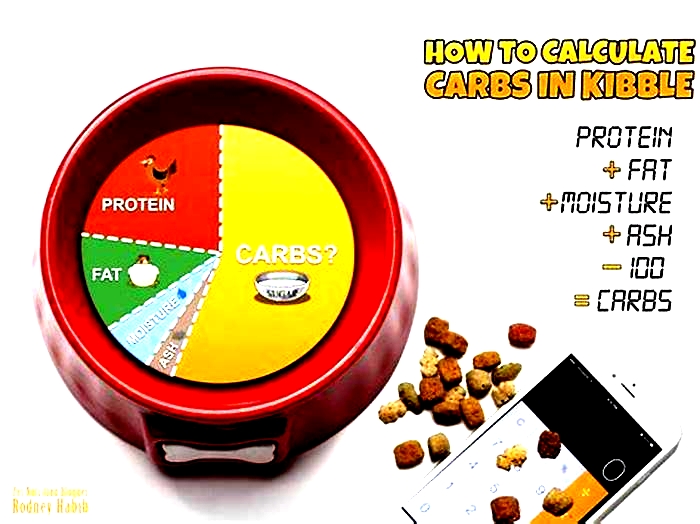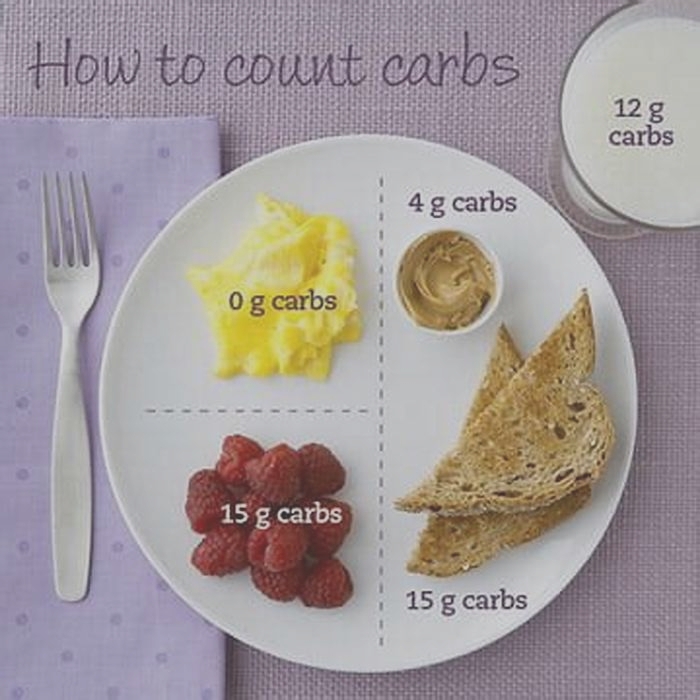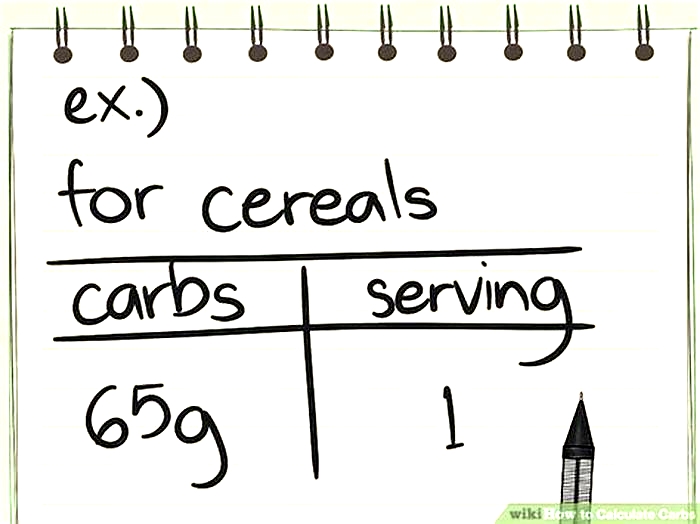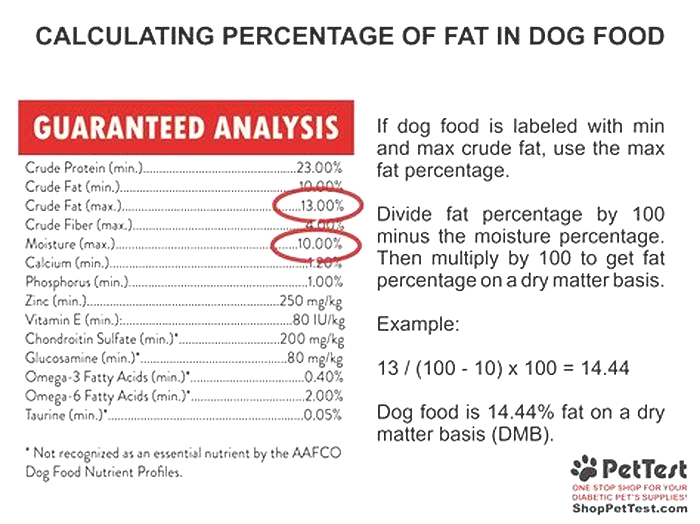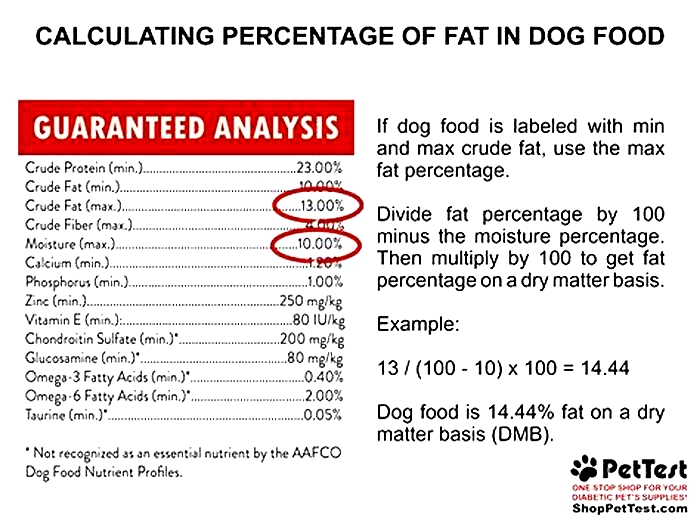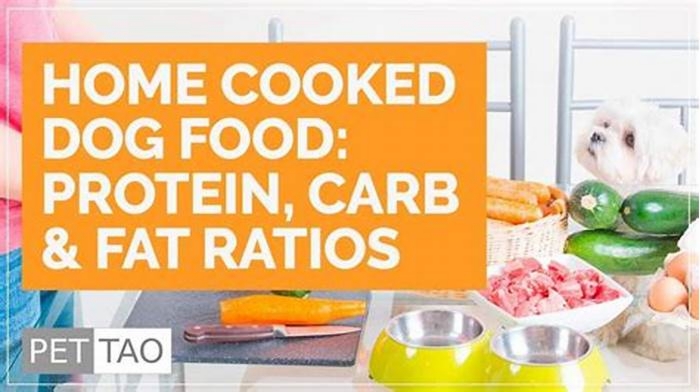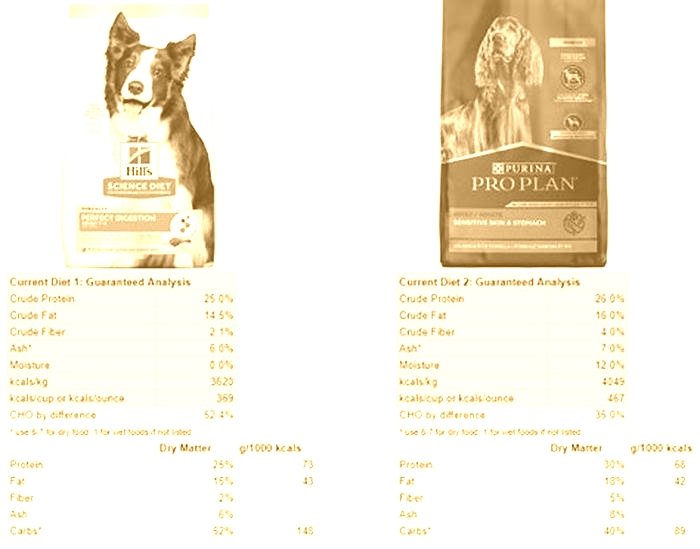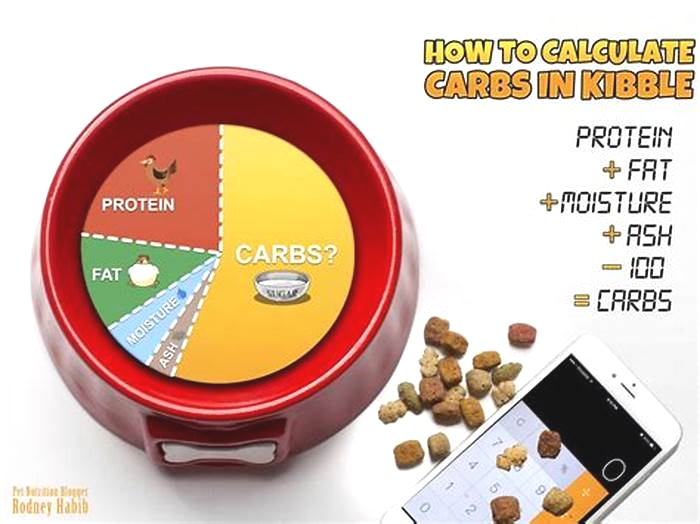How to calculate carbs in dog food
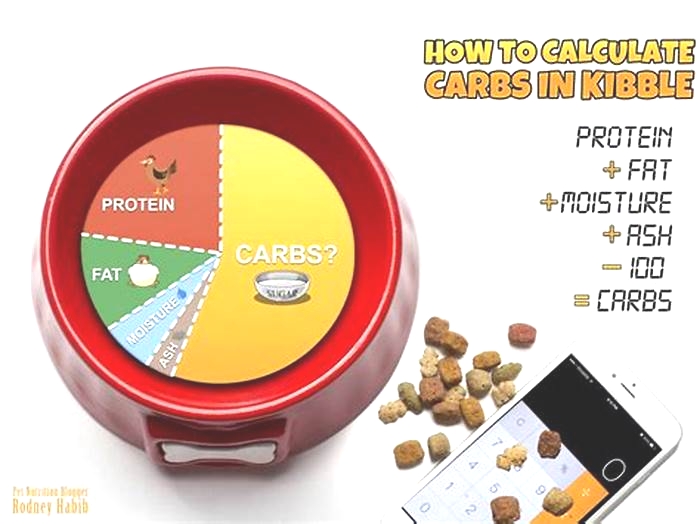
Calculating a Dog Food Diets Protein, Fat, Carbs, and Fiber
[Updated July 19, 2017]
It is not easy to figure out how much fat and other nutrients are really in the food you feed, whether its kibble, canned food, or a home-prepared raw or cooked diet. Here are some tips that can help.
Methods of Nutrition Measurement
There are three different ways of measuring amounts of protein, fat, carbohydrates, and fiber in foods:
1.Percentage of dry matter
2.Percentage of calories (does not apply to fiber)
3.Grams per 1,000 calories
Dry matter percentages are easiest to use for commercial foods. Grams per 1,000 calories or percentage of calories are simpler ways to measure nutrients in a homemade diet.
When Feeding Your Dog Commercial Foods:
Pet food labels give you some, but not all, of the information you need in order to really know the nutritional composition of your dogs diet.
-The percentages of protein, fat, and fiber shown on dog food labels are guaranteed minimums and maximums, NOT actual amounts. The real amount of fat in particular may be much higher than what is shown on the label of some canned and raw diets. If your dog needs a low-fat diet, look for products that are lower in calories than similar foods.
For more accurate information, contact the company that makes the food youre interested in and ask them for a nutritional analysis showing the actual amount of protein, fat, fiber, ash, and moisture, as well as the number of calories in the food. Editors note: Some pet food makers (particularly small companies) may not have a complete nutritional analysis of their products. In our opinion, this reflects a lack of adequate research and investment in the product. When feeding a special needs dog, wed look to a company who has this current information on hand.
-The percentage of carbohydrates is not included on most labels or nutritional analyses. To calculate the percentage of carbohydrates in a commercial diet, subtract the percentages of protein, fat, moisture, crude fiber (an indigestible part of carbohydrates), and ash from 100. This percentage may be shown as nitgrogen-free extract (NFE) on a nutritional analysis.
-Total dietary fiber is likely much higher than the crude fiber shown on the label. If dietary (soluble plus insoluble) fiber is not shown on a complete nutritional analysis, there is no way to calculate it.
When Feeding Fresh Foods:
When feeding a home-prepared diet comprised of fresh food ingredients, it can be a bit more challenging to calculate some of the nutrient values that youd like to know when feeding a diabetic dog.
-To calculate the caloric content of the food, look up the ingredients or enter a recipe on NutritionData.com. The number of calories from protein, fat, and carbohydrates, along with the total calories, are given in the calorie information section, and the calorie percentages are shown in the caloric ratio pyramid.
-To calculate the grams of protein, fat, etc., per 1,000 calories, divide grams of any nutrient by total number of calories, then multiply by 1,000 to get grams per 1,000 kcal. For example, raw skinless chicken breast contains 6.5 grams of protein, 0.3 grams of fat, and 30.8 calories per ounce:
6.5 30.8 x 1,000 = 211 grams of protein per 1,000 kcal
0.3 30.8 x 1,000 = 9.7 grams of fat per 1,000 kcal (GFK)
As Fed versus Dry Matter
The percentages of protein, fat, etc., shown on a pet food label are expressed as fed meaning, as the food is delivered in its package. Some percentage of the food is comprised of moisture (water), which of course contains no protein, fat, fiber, or other nutrients. Kibble generally contains about 10 percent moisture; wet foods (canned, frozen, or fresh) contain as much as 80 percent or more moisture.
So, think about it: When a label says that a food contains (for example) 4 percent fat, in order to really understand how much fat you are about to feed your dog, you also have to know how much moisture is in the food. What you really want to know is how much fat (in this example) is in the food part of the food the dry matter. Any serious discussion of nutrition, or comparison of dry and wet diets, then, requires the conversion of the nutrient values from as fed to dry matter. Dont worry; it sounds technical, but its easy to do.
-To calculate dry matter (DM) percentages, first determine the amount of dry matter by subtracting the percentage of moisture from 100. Then divide the as fed percentage by the amount of dry matter to get the dry matter percentage. For example, if a canned food has 75 percent moisture and 4 percent fat:
100 75 = 25 percent dry matter
4 25 = 16 percent fat on a dry matter basis
How to Calculate Carbohydrates in a Pet Food
How to Calculate Carbohydrates in a Pet Food
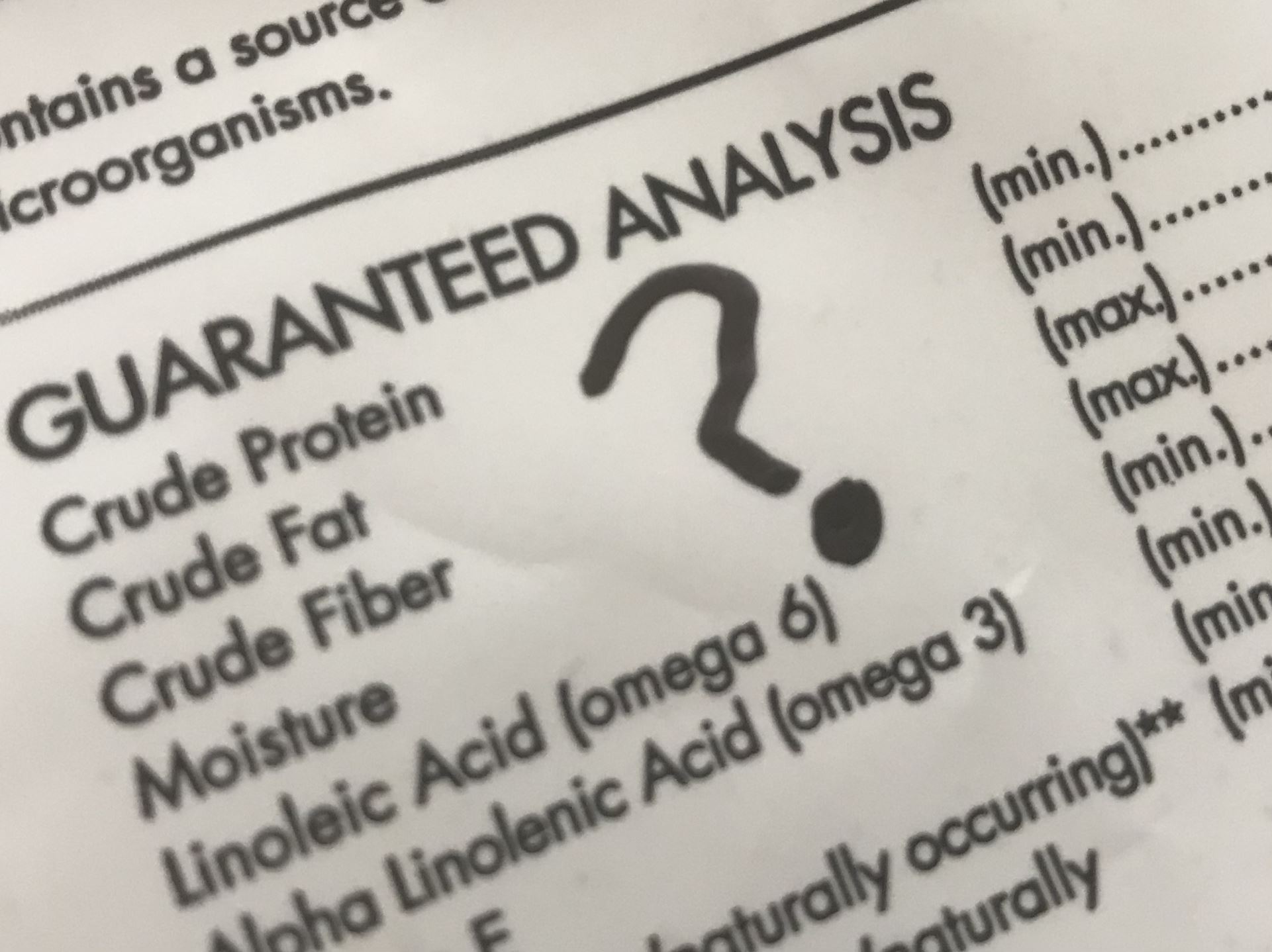
Carbohydrates dont need to be listed on the label of pet foods in Australia, but we can use a simple calculation to offer us a rough idea. Its not perfect, and Ill explain why, but the following method is how to calculate carbohydrates in a pet food:
100 Protein % Fat % Moisture % Ash %
Heres a carbohydrate calculator for dog food and cat food for your convenience. If moisture and ash are not listed on your pet food, you may use average values of 10% moisture and 8% ash:
The above calculator will give you a rough idea, but there's a little more to it than that.
Other factors to consider are undisclosed moisture and ash percentages and variance from min & max percentages.
Moisture & Ash
Moisture and ash are usually listed, but as these percentages aren't required to be listed we can use an average 10% moisture and 8% ash for dry food only. Wet foods contain significantly more moisture.
Min & Max
We often find percentages are listed with a guaranteed minimum or maximum. This makes our simple calculation somewhat vague. If a pet food contains Protein (min) 20% then it's possible the protein, on average, is higher.
How to Calculate Carbohydrates: An example
Let's say a dry dog food contains 20% protein, 10% fat, 10% moisture, and 8% ash:
100 - 20 - 10 - 10 - 8 = 52
This product would contain approximately 52% carbohydrates.
So that's it, that's how to calculate carbohydrates in a pet food.
Dog Food Calculator
The Dog Food Calculator can help you estimate the proper serving size for your pet. Its based upon a study published by the respected Waltham Centre for Pet Nutrition in Leicestershire, England. 1
To use the calculator, youll need to know your dogs ideal weight. This is what you believe your pet should weigh.
Youll also need to know the number of calories in the specific dog food youre feeding him.
The calculators formula2 uses a dogs metabolic weight to suggest an approximate serving size.
Dog Food Calculator Guidelines
The Dog Food Calculator was designed for adult dogs only not for puppies.
And it should never be used for pregnant or lactating females.
Small breeds are considered adults at about 9 to 12 months of age. And medium breeds at about 12 to 14 months.3
However, large and giant breeds shouldnt be fed as adults until they reach around 1 to 2 years depending upon the breed.4
What's the best dog food?
Overweight Dogs
If you believe your dog might be overweight, be sure to choose the Overweight option for Your dogs activity level.
Otherwise, the recommended serving size will likely be too high.
And for help, be sure to visit our Best Dog Foods for Weight Loss article.
Senior Dogs
Older dogs have significantly lower energy needs than younger ones.So, its easy for them to put on extra weight.
In general, small to medium dogs are considered seniors at about seven years of age. However, larger breeds reach senior status much sooner some as early as five.5
Converting From Calories to Serving Size
Once youve entered your dogs ideal weight and activity level, youll know the number of calories per day.
However, to convert calories into something you can use, youll need to enter the number of calories in your dogs food.
The number of calories in a given amount of dog food is known as its metabolizable energy (ME, for short). Its usually reported somewhere on a dog food package like this
- Calories per cup (kcal/cup)
- Calories per kilogram (kcal/kilogram)
By the way, the calculator assumes youre feeding your dog just once a day.
If you prefer to feed your dog twice a day, be sure to divide your result in half so that both meals add up to the full daily calories suggested.
The Bottom Line
Since every dog is unique, its impossible to predict the serving size thats perfect for each pet.
So, start with the packages feeding instructions or the amount suggested by our calculator.
And be sure to weigh your dog every few weeks.
Then, simply adjust that suggested serving size up or down to reach and maintain your pets ideal weight.
Calculating Carbohydrates & Dry Matter Basis (DMB)
In todays blog we are going to look at DMB and I do not mean Dave Matthews Band! We bring up dry matter basis (DMB) on a constant basis in our Facebook group Diabetic Dog Owners because our dogs need to eat lower fat and carbohydrates. As mentioned in previous blogs our dogs pancreas is faulty, they require insulin therapy to live and lower fat due to being prone to pancreatitis.
This can be a bit confusing for people that are not fans of math, but do not worry we have a dry matter basis calculator to help! Lets dive into how we calculate dry matter basis and carbohydrates in commercial and prescription foods.
Theguaranteed analysis on dog food labels gives you the amounts ofprotein/fat/fiber before moisture is removed. When moisture is removed from the equation, we get the true quantity ofthe content we are interested in; this is called dry matter basis or DMB. Most dog food analysis does not have carbslisted, so we must manually calculate what they are. Then, we calculate the percentage ofcarbohydrates on the DMB.
Forcalculating carbohydrates you need the following percentages from the guaranteed analysis:
- Protein
- Fat(min or max; if only min is listed use that, if max is listed use thispercentage)
- Fiber
- Ash(usually not listed; the amount will be listed below)
Ashis usually not listed in the guaranteed analysis, if not listed use thefollowing:
Wet food 2.5
Dry food 8
To calculate carbs, you can either use this free calculator below, or you can figure it out manually. Please click on the link below to take you to the calculator. You can save this carbohydrates and Dry Matter Basis calculator on your home screen for future use.
PetTest Carb & Dry Matter Basis(DMB) Calculator
Tocalculate carbs manually:
- Addprotein, fat, fiber, moisture and ash
- Subtractby 100
- Totalis carbs
Example:

100 58 = 42
Therefore,the carbohydrate content is 42%. Now weneed to calculate what the carbs are on a DMB.
Tocalculate DMB you can use the calculator above, or you can do it manually.
Youneed:
- Moisturecontent
- Quantityof carbs

Forexample, using 42 for carbs in quantity and 10 for moisture:

Foodis 46.7% carbs on a DMB.
You can use the equation above to get the dry matter basis of protein, fat & fiber as well.
Phew! That was a lot of math, if you do notunderstand it do not worry because this can be confusing to many of us. When in doubt get the calculator out!
Sincewe are talking about carbohydrates, I want to share a carb free treat that youcan make at home! The Dog Gummies are zerofat, zero carb and a great source of collagen. There are different types of gelatin you can use in case your dog has allergiesand can they be purchased easily on the internet.
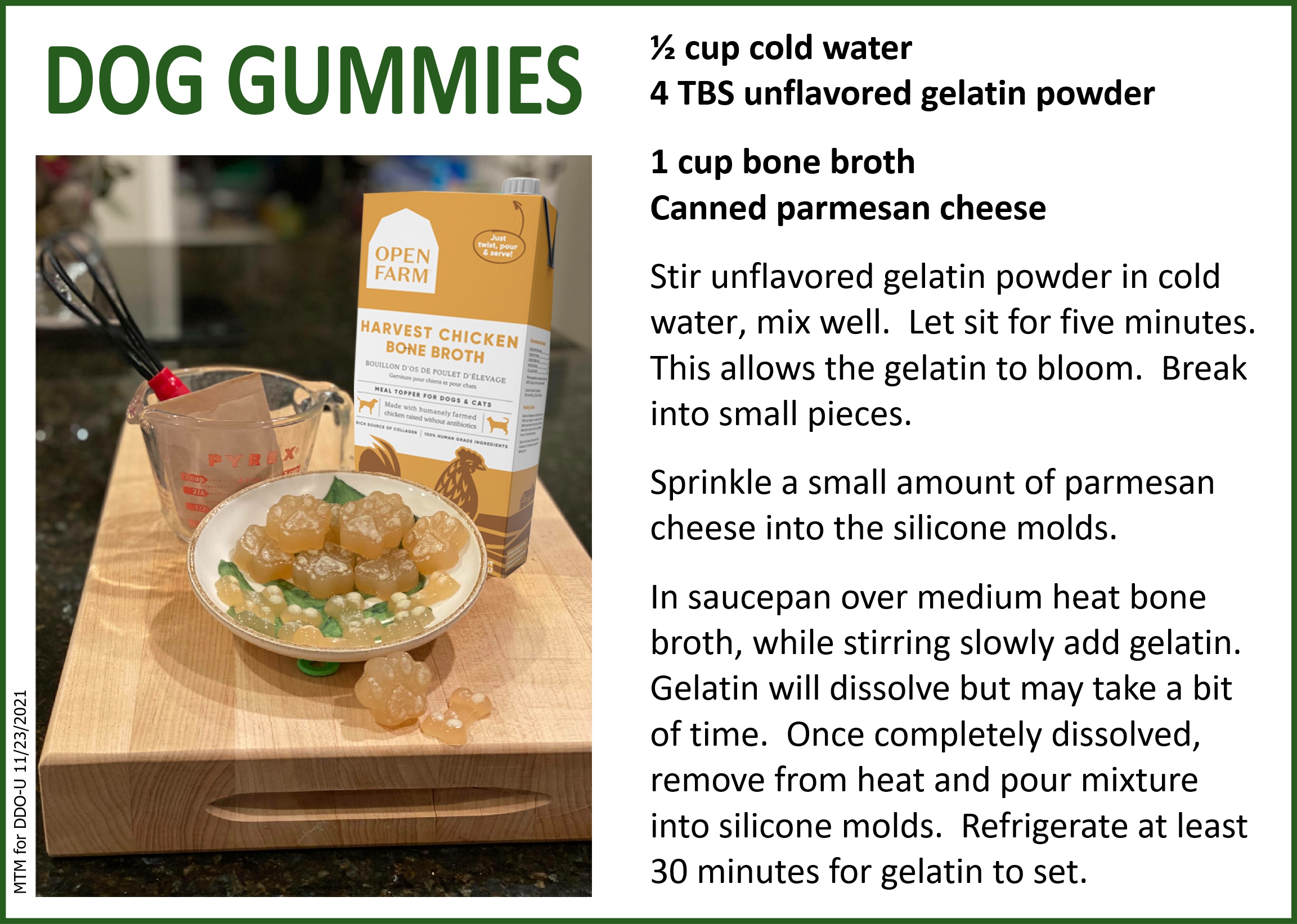
Do you have questions or want to add something about calculating dry matter basis? Comment below to get a conversation going!
Formore conversations, photos, and giveaways check outPetTest on Facebook and Instagram.
Ifyou are looking for a community to join for support, I have been an admin forover four years in DiabeticDog Owners. CanineDiabetes Support and Information can be found on Facebook as well.

